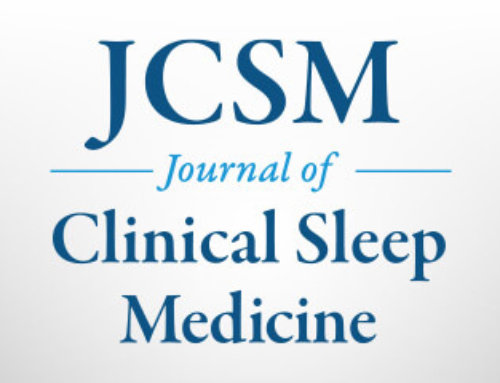WESTCHESTER, Ill. — In a detailed study that served to investigate the actual nature and content of sexual dreams across a large sample of dream reports from men and women, approximately eight percent of everyday dream reports from both genders contain some form of sexual-related activity.
The percentage of women that reported such dreams can be due to the fact that either women actually experience more sexual dreams now than they did 40 years ago, or that they now feel more comfortable reporting such dreams due to changing social roles and attitudes, or both, according to a research abstract that will be presented Thursday at SLEEP 2007, the 21st Annual Meeting of the Associated Professional Sleep Societies (APSS).
The study, authored by Antonio Zadra, PhD, of the Universite de Montreal, focused on over 3,500 home dream reports collected from men and women. Sexual intercourse was the most common type of sexual dream content, followed by sexual propositions, kissing, fantasies and masturbation.
The study found that both men and women reported experiencing an orgasm in about four percent of their sexual dreams. Orgasms were described as being experienced by another dream character in four percent of the women’s sexual dreams, but in none of the male dream reports. Current or past partners were identified in 20 percent of women’s sexual dreams, compared to 14 percent for men, and public figures were twice as likely to be the object of women’s sexual dream content. Multiple sex partners were reported twice as frequently in men’s sexual dreams.
“Observed gender differences may be indicative of different waking needs, experiences, desires and attitudes with respect to sexuality,” said Zadra. “This is consistent with the continuity hypothesis of dreaming which postulates that the content of everyday dreams reflects the dreamer’s waking states and concerns — that is, that dream and waking thought contents are continuous.”
The annual SLEEP meeting brings together an international body of 5,000 leading researchers and clinicians in the field of sleep medicine to present and discuss new findings and medical developments related to sleep and sleep disorders.
More than 1,000 research abstracts will be presented at the SLEEP meeting, a joint venture of the American Academy of Sleep Medicine and the Sleep Research Society.
The four-day scientific meeting will bring to light new findings that enhance the understanding of the processes of sleep and aid the diagnosis and treatment of sleep disorders such as insomnia, narcolepsy and sleep apnea.
CONTACT:
Jim Arcuri
(708) 492-0930, ext. 9317
jarcuri@aasm.org
# # #




